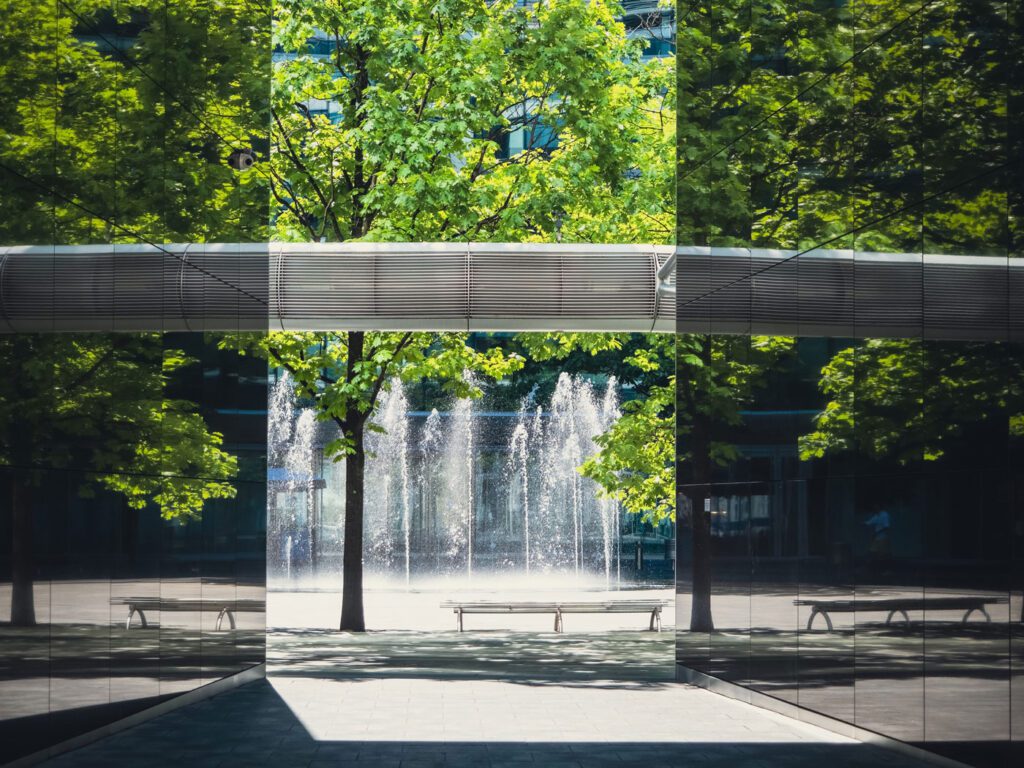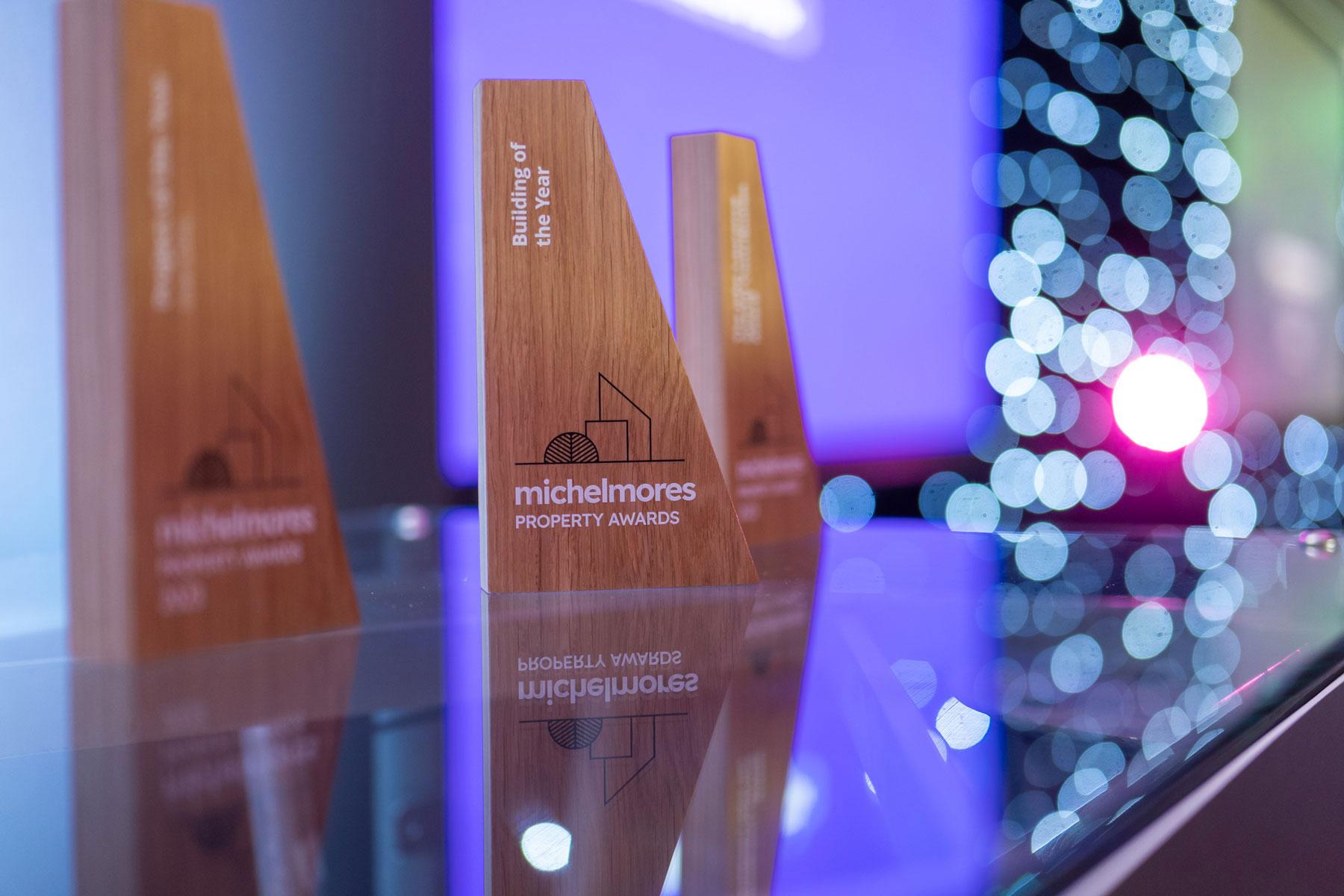Author
Making sure that commercial properties are let and managed in an environmentally sustainable way is increasingly in focus. Landlords may want to attract tenants to more efficient and sustainable premises, and Green Leases are one part of demonstrating and helping deliver that commitment and ethos. Occupiers may have their own sustainable agenda and want to move into premises that achieve strong sustainable practical criteria, as well as a joined-up landlord and tenant approach to maintaining and improving those criteria through specific lease commitments. Increasingly stringent regulatory requirements, such as the minimum energy efficiency standards (MEES) and ESG reporting requirements, mean that Green Leases also have a part to play in helping satisfy those external requirements.
Green Leases are not new, but it is taking time for legal practice to reach a level of consistency and commonality. Whilst Green Lease provisions still generally adopt a more collaborative rather than coercive approach, we are seeing a push from larger and more proactive landlords towards active and enforceable obligations. Better environmental credentials attract better quality tenants buying into ESG and paying extra for it, which in turn may lead to increased investment value and financing opportunities for landlords. Ideally, the landlord/tenant conversation around sustainable provisions needs to happen at an early stage (Heads of Terms or earlier) to ensure acceptance and minimise resistance at lease negotiation stage.
Model form green lease clauses were published by the Better Buildings Partnership (BBP) over ten years ago and are now widely available and used by practitioners. The Chancery Lane Project (TCLP) is a global network of lawyers and business leaders who have collaborated in producing green clauses to encourage rapid decarbonisation and reduced climate impact. These include ambitious Green Lease provisions which are intended to deliver faster and more innovative change to sustainable commercial property management through legal drafting.
Michelmores’ Real Estate group developed a set of template green leases a number of years ago and we continue to refine and update these for use by commercial landlord clients, appreciating that one size doesn’t always fit all. Please do get in contact if you require any assistance in this regard. In the meantime, some key thoughts to consider when looking at this subject are as follows:
- Co-operation obligation: Is landlord and tenant co-operation enough to have any meaningful impact and achieve behavioural and operational change? Will the landlord and tenant agree to commit to shared aims to improve the environmental performance of the premises or building? For best effect will the parties agree for such aims and obligations to be mutually enforceable? Establishing co-operation and mutuality is as important as the black letters of the lease obligations. Ultimately, the lease provisions need to benefit the parties and the property and not result in mis-matched liabilities.
- Data Sharing: Will the parties share information on energy consumption, water use or waste production at the premises? It is important for both practical assessment and corporate responsibility reasons to know the true position and numbers. Some leases now permit landlords (with tenant approval) to use data collection equipment to build up a real time picture of energy and utility usage.
- MEES: As the MEES requirements continue to become more stringent, with a minimum B rating targeted for commercial property by 2030, we are seeing lease terms focused squarely on MEES compliance and cost allocation. In time this may represent another opportunity for landlord and tenant collaboration and cost sharing to achieve a common sustainable aim.
- Alterations: If a tenant wants to change the building for its use, should it be incentivised to do so in a more sustainable way? If alterations may negatively impact the environmental performance, is it reasonable for the landlord to refuse consent? Equally, if the landlord wants to do works to a building or the common parts (which typically it can do with restriction) should there be requirements that it cannot thereby reduce green credentials (or must even seek to increase them)? Some leases may impose a requirement to predominantly use sustainable/recyclable materials when carrying out works to the premises.
- Yielding up: A lease often requires a tenant to reinstate any tenant’s alterations which have been carried out during the lease term. Will the landlord be able to insist these are removed, even if they are positive for environmental reasons, but are perceived by the landlord to be negative for future use or re-letting in some way (perhaps EV charging points or bike racks reducing car parking overall)?
- EPC/BREEAM: Will any landlords works (perhaps under an agreement for lease) or tenant’s works (perhaps fit out) need to meet requirements of sustainable building schemes to be acceptable. For instance, to reach a certain EPC rating or award under BREEAM? The carbon footprint of building works can be a factor and setting out the requirements will make clear the expectation.
This article is for general information only and does not, and is not intended to, amount to legal advice and should not be relied upon as such. If you have any questions relating to your particular circumstances, you should seek independent legal advice.
Author
Michelmores Property Awards
Celebrating the best of property, development and construction in the South West The Michelmores Property Awards celebrate the best property, development and construction projects in...


